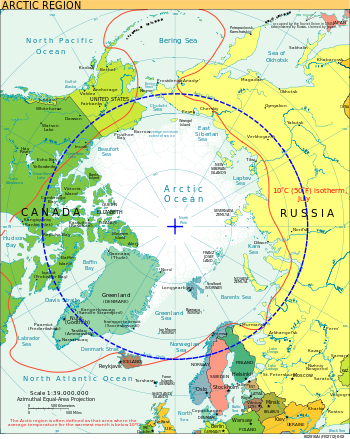After the end of WWII hostilities the U.S. Navy deployed “task forces” all over the world. From the South Pole to the North Pole there were military teams mapping territory, assessing risk and seeking out remnants of opposition.
At least a dozen ships with double that many aircraft were assigned to study “techniques” for operation in extreme conditions and remote locations, as well as gather information the military considered “interesting”. Whether fueled by fear, suspicion or curiosity, the missions and their findings kicked off a huge body of knowledge about survival and risk management.
One way to get a sense of the number and types of teams is to look at photographs from aviation archives. Here’s a 1947 photo from LogBookMag of a Navy Douglas R4D-5 Skytrain (AirForce C47A) launching from an air craft carrier in Operation Highjump. Note the snow skis and the use of jet-assistance (JATO bottles).
JATO was effective not only for small carrier runways but apparently also came in handy after skis froze to the ground.
By 1951 some believed that the U.S. was at risk of attack by the U.S.S.R. from the north. The CIA Factbook map makes it pretty obvious why; the distance straight over the pole is far shorter than following a latitude.
The threat of increased traffic warranted understanding the region, establishing forward bases and learning to operate there. The American military stepped up research on extreme temperature survival, early-warning systems and rapid-response above the Arctic Circle.
Innovations like the “flying laboratory” were developed and used in Project Skijump, although it had a landing-gear failure in 1952 and was lost to the Soviets.
Fast forward to today. The U.S. Coast Guard has announced a massive expansion of operations above the Arctic Circle and a forward base at the northernmost city in America. The Fairbanks Daily News gives their perspective on the need for assistance.
Barrow is surrounded by open tundra and the Arctic Ocean. As sea ice continues to disappear, the city will begin to experience increasing boat traffic, both from companies planning to drill for oil and travelers looking for a shortcut from the Atlantic to the Pacific.
That is why the Coast Guard sent an aviation team more than 900 miles from its home in Kodiak to Barrow: It needs to be prepared if something goes wrong.
I wonder how much of the preparation from the past is useful for future incidents. The NYT makes it sound like the USCG is starting from scratch.
“The Arctic has been identified as a priority,” said Cmdr. Frank McConnell, the operations coordinator for Arctic Shield, which includes in its initial phase two Coast Guard cutters and two smaller ships, in addition to the two helicopters that will be stationed here in Barrow. The first of 25 pilots, along with support crews, mechanics and communications personnel, began rotating through Barrow this month on three-week tours. “There’s a lot to learn,” Commander McConnell said.
That’s what they said in 1947.

